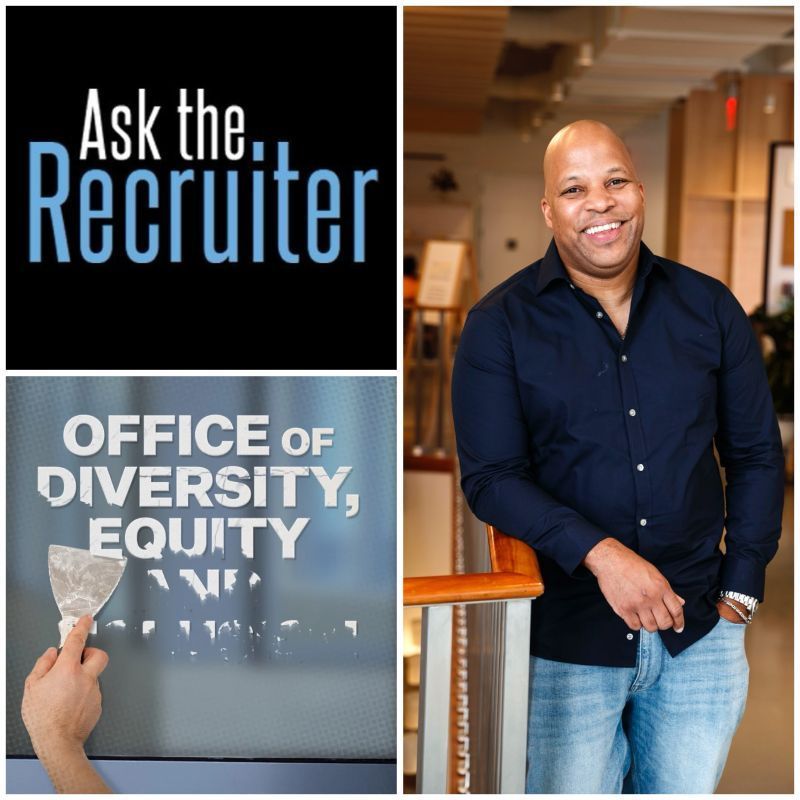Leveraging Your Liberal Arts Degree: A Guide to Career Success for Black Men
Career advice from the world's top Diversity Recruiter & Developer of blkbox.tech

As a recent college graduate with a liberal arts degree, you may be feeling overwhelmed by the job market and unsure of how to leverage your education to build a successful career. It can be especially challenging for Black men, who may face unique obstacles in their professional development. However, with the right guidance and strategies, you can overcome these challenges and achieve your career goals.
First, it's important to understand the value of a liberal arts education. Many employers seek out candidates with a well-rounded education, as they are often equipped with transferable skills such as critical thinking, communication, and problem-solving. These skills can be applied to a wide range of industries and job roles.
Next, consider expanding your network and building relationships with professionals in your desired industry. Utilize social media, attend industry events, and seek out mentorship opportunities. Having a strong network can increase your visibility and provide valuable connections for potential job opportunities.
Additionally, it may be beneficial to gain relevant work experience through internships or entry-level positions. This will not only provide you with hands-on experience in your desired field, but it can also help you build a strong foundation of skills and connections.
It is also important to focus on personal and professional growth. Continuously develop your skills and knowledge through workshops, conferences, and online courses. Seek out opportunities to take on new challenges and responsibilities in your current role, as this can help you stand out as a candidate for future promotions.
Finally, don't be afraid to seek out support and guidance from a career coach. They can help you identify your strengths, weaknesses, and career goals, and provide guidance on how to achieve them. With a coach by your side, you can stay focused and motivated as you work towards building a successful career.
In conclusion, building a successful career as a Black man with a liberal arts degree takes dedication and effort, but it is possible with the right strategies and support. Utilize your transferable skills, build a strong network, gain relevant work experience, focus on personal and professional growth, and seek out support from a career coach. With these tools, you can achieve your career goals and succeed in the job market.














